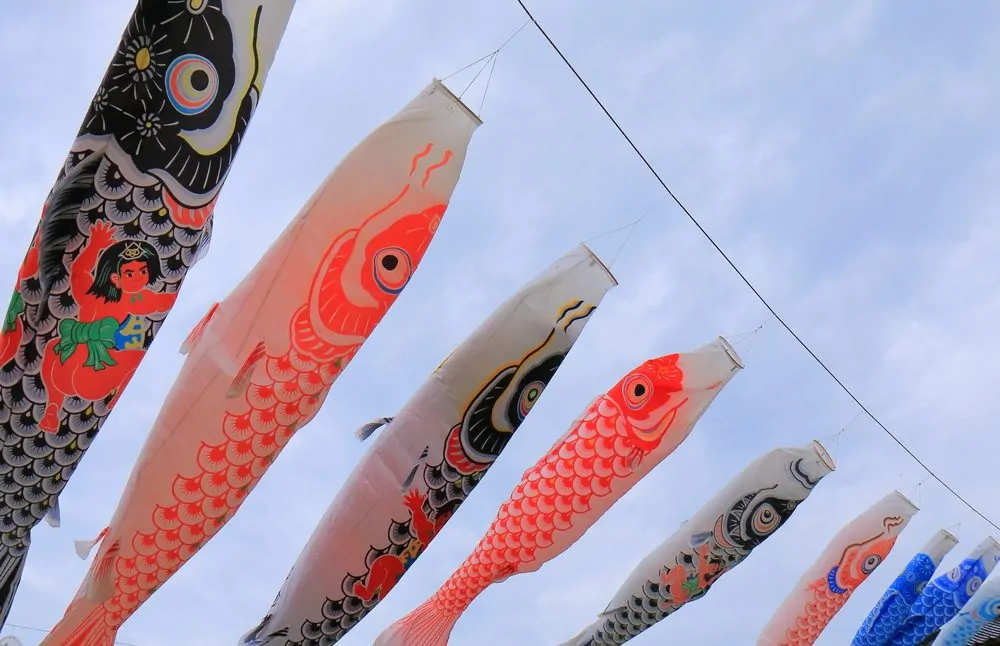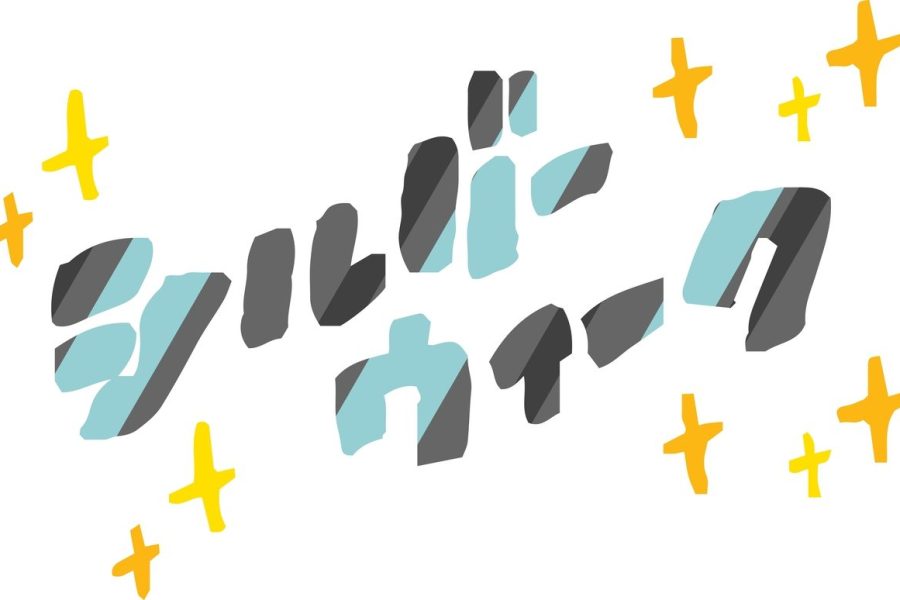Golden Week is one of Japan’s busiest times of the year – besides New Year’s week and Obon week. This week celebrates four national holidays within seven days, from April 29th to May 5th.
Most Japanese workers take time off to celebrate this week, making vacation places extremely popular and busy.
Therefore you can expect transportation and hotels to be way more expensive during this holiday period, with prices that can increase anywhere from 2 to 10 times their original prices!
If you’re curious to learn more about Golden Week Holidays in Japan, here is a quick guide that explores each of the holidays that occur during one of Japan’s most popular times.
April 29: Showa Day (Showa no Hi)

During Golden Week, Japanese people first celebrate Showa Day on April 29th. Showa Day is a national holiday celebrating Emperor Hirohito’s birthday and his reigning era, Showa Era, from 1926 to 1989.
The first half of the Showa Era was known for Japan’s rise in militarism. The second half of the Showa Era was known for Japan’s recovery after World War II and the country becoming a global economic powerhouse.
To celebrate this official holiday, Japanese citizens usually visit the National Showa Memorial Museum, shrines, or the burial place of Emperor Hirohito in Tokyo, the Musashino Imperial Mausoleum.
Many Japanese citizens also take a holiday off, relaxing during Golden Week. This is a great way to dip your feet into learning more about Japanese history and Japanese culture.
May 3rd: Constitution Memorial Day (Kenpo Kinenbi)

May 3rd of Golden Week is the holiday Japan’s constitution was established, giving people the time to reminisce about Japan’s history. The Japanese constitution was fully established on May 3rd, 1947, after it was drafted with the help of United States General Douglas MacArthur and ratified by Japan’s Diet.
Japan’s Constitution Memorial Day was initially thought to be celebrated on November 3rd when the constitution was finalized.
But since November 3rd was the time the trials of the imperial officers who committed war crimes began, the holiday moved to May 3rd. May 3rd still holds significance as that was when the new constitution replaced the older one.
This holiday was meant to reflect on the Japanese government and its democracy. Many newspaper outlets will emphasize Article 9 of the Japanese Constitution, which outlaws war as a means to settle global disputes involving Japan.
To honor this holiday, people can take tours of Japan’s National Diet as it is the only time the building is open to the public.
May 4th: Greenery Day (Midori no Hi)

People celebrate Greenery Day on May 4th by relaxing and enjoying nature.
The history of Greenery Day is slightly complicated as it coincided with Showa Day and kept getting moved to a different date. At first, Greenery Day was celebrated on April 29th, replacing Showa Day. Instead of celebrating nature or Emperor Showa, people thought of it as a time to rest and relax.
That Day was not known as Greenery Day but as the National Day of rest. It was later renamed Greenery Day as Emperor Showa loved plants. In 2007, it was moved back to May 4th.
While many Japanese workers still use this time for rest, other people use this as an opportunity to explore Japan’s nature by camping, backpacking, and hiking. This Day is a fantastic chance to explore Japan’s outdoors.
May 5th: Children’s Day (Kodomo no Hi)

Children’s Day, the last holiday of Golden Week, is celebrated on May 5th during Golden Week.
Called initially Tango no Sekku, or the Boy’s Festival, May 5th was the time to celebrate fathers and sons. But in 1948, it was renamed Children’s Day. This signified equality between mothers and fathers and celebrated all children.
Leading up to Children’s Day, flags in the shape of carp are flown throughout Japan, which symbolizes their children’s health and happiness.
The flags are organized in a pattern representing each family; a black carp that symbolizes the father usually flies at the top, a red carp that symbolizes the mother follows after, and a blue carp that represents the firstborn child follows suit. More flags follow if there are more children.
During this time, people celebrate by hosting plays and picnics for children. Children can also participate in the Kids’ Olympics in Tokyo at the Kasumigaoka Stadium.
Celebrate the Next Golden Week!
Are you interested in celebrating Golden Week firsthand? Now that you are more informed about Japan’s holidays, you’ll know how to celebrate Golden Week and which sites to visit; note that you can also celebrate Silver Week in Japan!
Remember, Golden Week is one of Japan’s most popular times of the year, meaning it’s also one of the busiest. Start booking your tickets and hotels now before it’s too late!



Leave a Comment